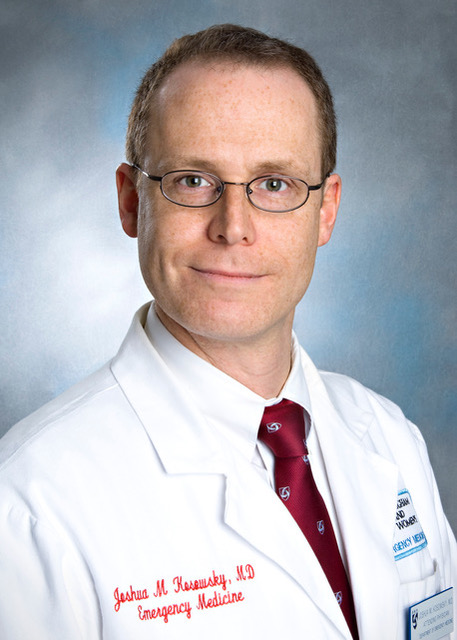A positive patient experience is more than just a “nice to have” in 2018. It’s positively correlated with clinical effectiveness and patient safety. Our ability to appropriately diagnose and treat patients in the emergency department is predicated on clear communication in both directions.
Physicians set the tone for how care is delivered in the emergency department. They play a special role in driving patient experience throughout the department, and indeed, throughout the organization. That is why it’s so critical to train the next generation of physicians effectively on these important skills.
- Begin at orientation: Introduce faculty and residents to the importance of the patient experience and excellence in patient communication as a discrete skill set to be mastered along with clinical care.
- Introduce AIDET: AIDET—Acknowledge-Introduce-Duration-Explanation-Thank You—provides a structured and easy-to-remember framework for addressing key patient experience drivers, including being treated with dignity and respect, listening carefully, being easy to talk to, being willing to spend enough time, and demonstrating caring.
- Simulate patient encounters: Best practice organizations use simulated patient encounters and role play to demonstrate “what right looks like” and what the experience feels like to receive feedback in a safe environment. A trainee’s first exposure shouldn’t occur on a busy shift.
Using AIDET might start out with an introduction like this from a trainee: “Good morning Mrs. Jones, welcome to Community Hospital. My name is Tina Smith and I’ll be the doctor taking care of you today. I’m part of a team along with Dr. Adams, the attending physician who is in charge.”
Mastering AIDET is typically a progression of skills after introducing the concepts initially. Second-year residents tend to be more adept at duration and explanation due to experience practicing medicine while new interns are still working to comfortably explain their role on the care team.
- Don’t stop training: Best practice organizations look for opportunities to augment initial orientation training with a safe space for trainees to build these skills. One organization uses its annual retreat, for example, to break into groups with faculty members to practice and learn how to respond effectively to challenging patient scenarios, like long wait times, pain, and boarding in the hallway.
Second-year residents can serve as patients to first year residents trying out new skills while third year residents offer feedback, with oversight by an assigned faculty member. In a group debrief at the end, lead with the wins and then identification of additional opportunities for improvement.
- Harvest real-time feedback on shift: Rather than waiting until an annual evaluation to guess at a trainee’s proficiency in patient experience, work to capture the patient’s feedback in real time by having the attending physician ask patients directly about their experience with the trainee.
In the same way that you’d check with a patient to make sure a trainee prescribed the correct medication, so should you confirm with patients that they were treated with courtesy, respect, and compassion, and that they received answers to their questions.
Be sure to probe for the patient’s understanding of the role of the resident within the care team, understanding of what will happen next, and how long it might take. Finally, capture notes in writing so that you can share your observations at the end of every shift.
- Use a “support-coach-support” approach for providing feedback: Begin with what’s working well and reinforcing excellent skills. Next, offer specific guidance for one thing the trainee can do to improve his skill in a given area. Explain “what right looks like.” Complete the feedback by reaffirming the positives and asking the trainee to repeat what they will do to improve. Finally, thank them for their commitment to improving their patients’ experience, and set a time to re-validate skills.
- Provide a formal written evaluation at year end: Comments are the most useful part of written feedback for trainees. If you’ve followed steps one through four throughout the year, the quality of year-end feedback will be so much more valuable than just “checking a box.”
In fact, if you’ve diligently solicited and provided meaningful feedback on patient experience throughout the year, you can feel confident that you are building critical communication skills for residents and interns as diligently as you are training them in the proficiency of their clinical skills.
In the end, what drives physician satisfaction most is a sense of connection and purpose with their patients. By training future physicians on the very skills to ensure such meaningful interactions, supervisors are essentially immunizing them against future physician burnout, while also boosting their own engagement.
 Dr. Kosowsky is director for patient experience and provider engagement at Brigham & Women’s Hospital in Boston and a coach for Studer Group.
Dr. Kosowsky is director for patient experience and provider engagement at Brigham & Women’s Hospital in Boston and a coach for Studer Group.
Pages: 1 2 | Multi-Page





No Responses to “7 Tips to Train the Next Generation of Physicians to Provide a Positive Patient Experience”